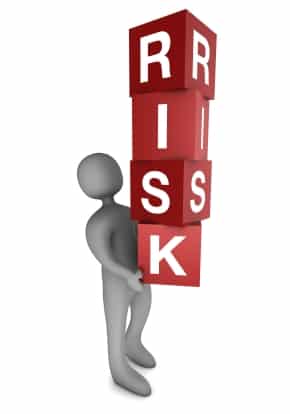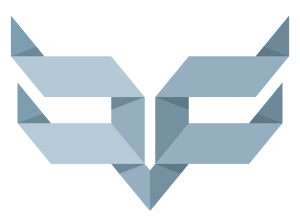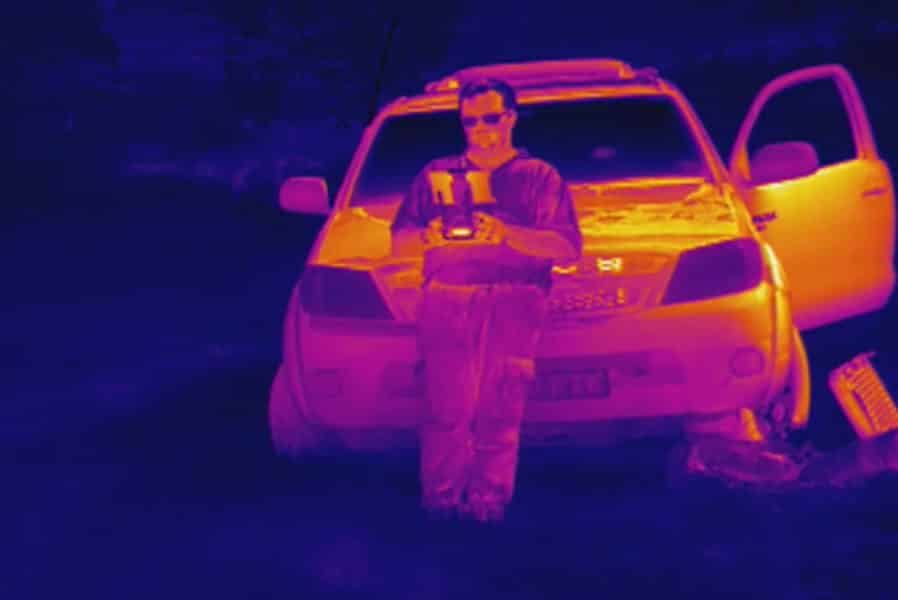
SkyWall100 Drone Defence System
Skywall, a UK company based in Northumberland, are leading the way with a new breed of drone defence systems. They have created the Skywall100 system to prevent what is perceived as an ever growing threat from irresponsible drone pilots, using drones as part of paparazzi campaigns to invade film sets and celebrity homes or more seriously where they pose a threat to national security.
Previously, a drone has been destroyed as it has been brought down but this ‘gun’, designed for use with minimal training, fires a net and traps the vehicle, landing it safely with a parachute. This brings it down intact so forensic analysis can be carried out. Despite it’s appearance, it is also designed to operate in near silence to make it suitable for relatively discreet public use – allowing threat drones to be brought down safely and without raising public alarm and causing collateral damage.
Like all new technologies, drones or UAVs open up a whole world of wonderful possibilities for aerial photograph and cinematography but of course they do have the potential for exploitation for negative or threatening purposes. There are a huge number of rules, regulations and documentations necessary in order to become a responsible and licenced drone oeprators (which of course Drone Media Imaging is) but those few who don’t take these seriously, or who are using drones to harm others, perhaps this clever device marks the writing on the wall for them.
The Importance of Solar Panel Inspections in Spring
Spring and summer are peak months for solar energy production—ensure your panels are operating efficiently with a professional thermal imaging inspection. Compliance with IEC62446-3:2017 is essential for both commercial and domestic systems, helping to prevent faults, optimise performance, and maintain insurance coverage. Book your inspection today!
Facebook, Instagram and Threads Removal
Departing Facebook, Twitter, and Instagram to Uphold Ethical Principles In an era increasingly shaped by the influence of powerful social media platforms, Drone Media Imaging has made the principled decision to leave Facebook, [...]
In Thermography what is the difference between Quantitative vs Qualitative analysis
Quantitative and qualitative thermography are two essential methods in thermal imaging analysis. Quantitative thermography measures exact temperature values, while qualitative thermography focuses on pattern recognition. Both play a crucial role in building inspections, electrical fault detection, and industrial diagnostics. Understanding their differences helps professionals choose the right approach for accurate thermal assessments. Drone Media Imaging provides expert thermographic services, ensuring precise, reliable results. Contact us today for professional thermal imaging analysis.
Expert Infrared Inspections for Accurate Thermal Assessments
Need professional thermographic analysis for your project? Our certified experts use the latest infrared technology to deliver precise results. Contact Drone Media Imaging today for expert thermal imaging services.












